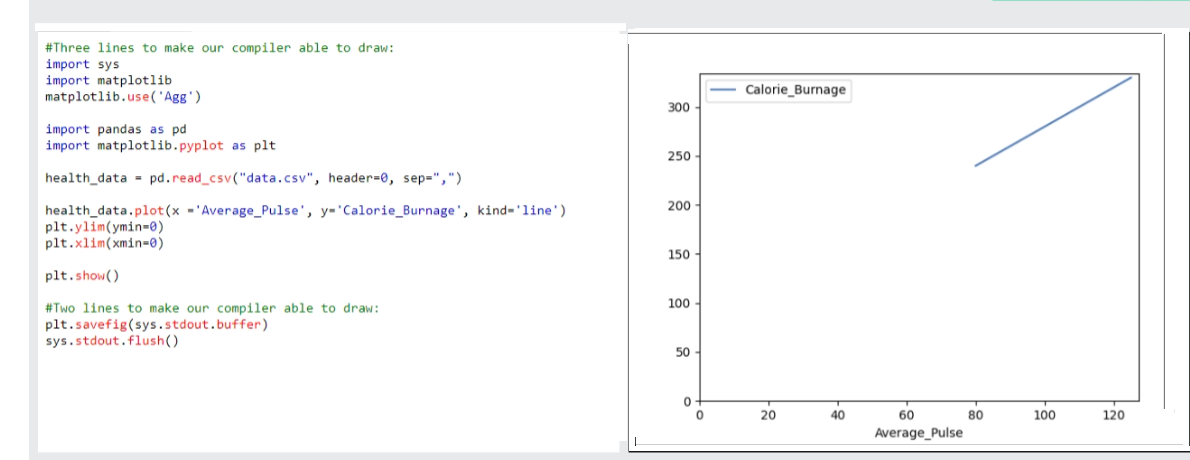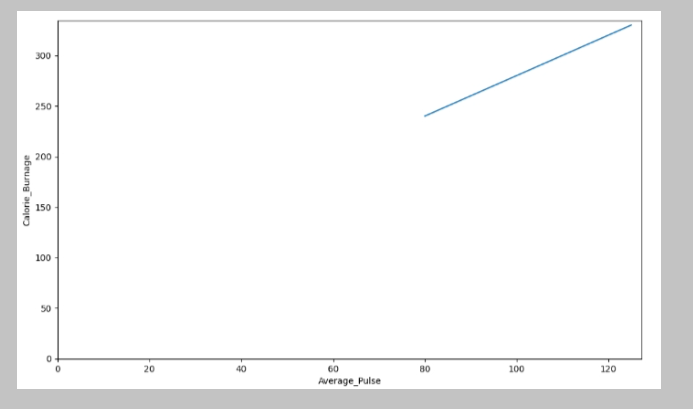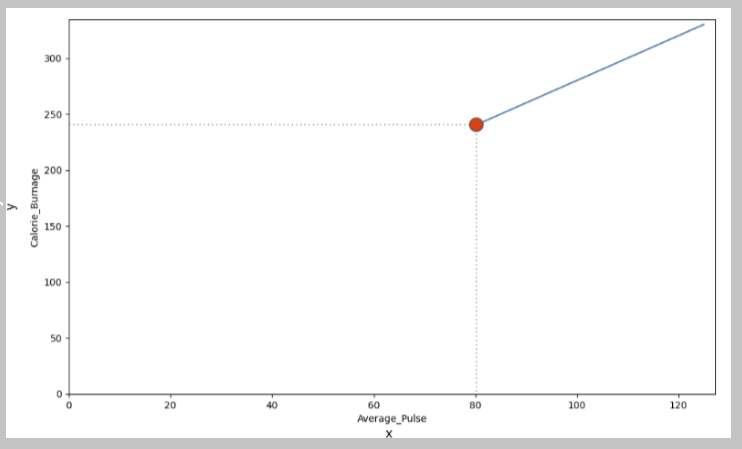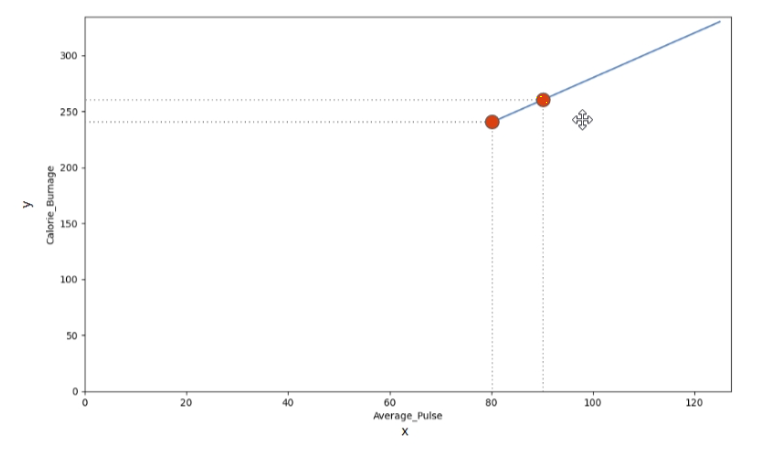

Data Science







Professional courses:
participant -Kids, Youths and Adults alike
learn and aquire these professional Courses
Professional Courses:
Are you parents, teachers or affiliate schools, pls. click here.